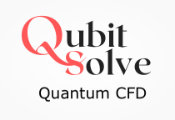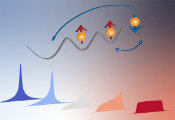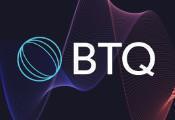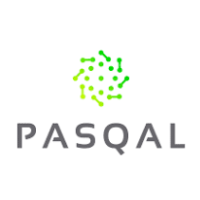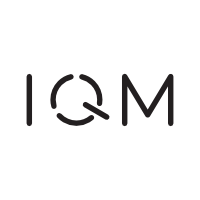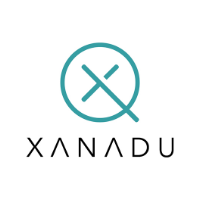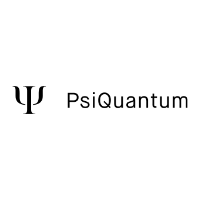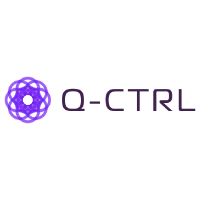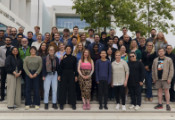Quantum Key Distribution: New Advances in Security and Practicality
February 13, 2025 -- CV-QKD offers advantages over discrete variable QKD (DVQKD), including simpler and more affordable implementation, and scalability, especially for metropolitan distances. However, security proofs for CV-QKD have been mostly limited to Gaussian modulation, which is challenging to implement. Discrete-modulated CV-QKD (DM CV-QKD), where Alice uses a small set of coherent states, is more practical but has lacked robust security analysis.
In their publication, ICFO researchers Carlos Pascual-García, Dr. Stefan Bäuml, Dr. Rotem Liss, led by ICREA Prof. Antonio Acín, in collaboration with Universidad de Valladolid, address this challenge by providing a security proof for a DM CV-QKD protocol using four coherent states and heterodyne measurements. This protocol uses a generalized entropy accumulation theorem (GEAT) to establish security against general attacks. The GEAT is a formalism that allows a quantitative interpretation of sequential processes, such as a series of rounds in a QKD protocol. This approach, reported in Physical Review A, allows to place a lower bound on the amount of key obtainable by Alice and Bob, even in the presence of an adversary with unlimited quantum resources.
This new security proof is enhanced by a numerical algorithm based on conic optimization. Said method allows a fast, reliable assessment of the security of the protocol, providing on demand estimations of secret keys. Furthermore, the use of the GEAT allowed the researchers to avoid the virtual tomography required by prior works, which simplifies the security proof and improves finite-size secret key rates. In particular, the study found that positive key rates are achievable for block sizes of around 108 laser signals at metropolitan distances. This is a significant improvement over previous results, which required block sizes of 1011 signals or more, as well as more involved numerical methodologies.
These findings have several important implications, including a reduction in the block sizes required to generate meaningful secret key rates, and the derivation of numerical tools for practical implementations. The results show that it is possible to achieve the highest security standards in QKD under conditions that are experimentally accessible.
The researchers note limitations related to the GEAT, such as restrictions on the signal generation frequency, which will be addressed in future research by using the recent marginal entropy accumulation theorem. Future work will also explore more advanced security techniques based on Rényi entropies, which yield higher secret key generation rates. The study's findings represent a significant step forward in the development of practical and secure CV-QKD systems with implications for the future of secure quantum communication networks.

